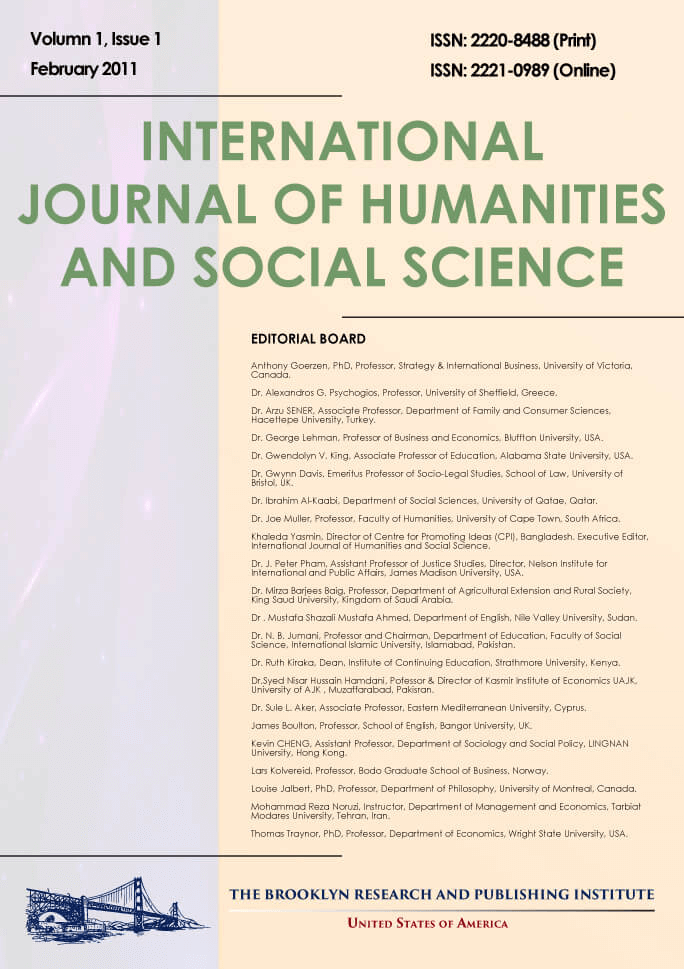Exploring the Complexities of Gender-Based Violence in South Africa: A Comprehensive Analysis
Abstract In present times, gender-based violence (GBV) is a global scourge. It is highly prevalent in South Africa, where the rates of incidents are exorbitant, particularly those of sexual violence against women. The goal of this paper is to explore the implications of factors such as societal norms affected by the country’s unique historical circumstances that promote rising rates of gender-based violence, significant underreporting of these instances, sexual violence and the consequences for the survivors. The paper uses secondary data to study the intersectionality of gender, population group (race), socio-economic status, and geographical location. We further analyze the sociodemographic of GBV (particularly rape) victims and perpetrators to put the focus on better and more gender-responsive prevention strategies. The paper highlights the importance of paying attention to intimate partner violence (IPV) as this constitutes a highly significant percentage of the total cases of rape and femicide. The study shows that non-white women constitute the most vulnerable group to GBV. We conclude that proper mechanisms must be put in place which require the cooperation of the police, judicial, medical, social and other support services to properly tackle this violence which must account for every population group, especially the historically marginalized ones.[email protected]
Note: Citation statistics will only be available once the article is indexed in Google Scholar.


